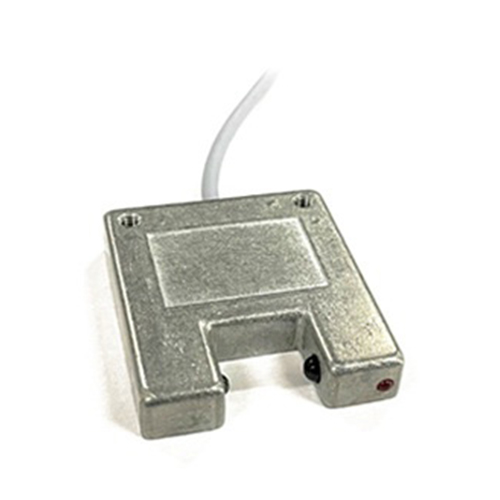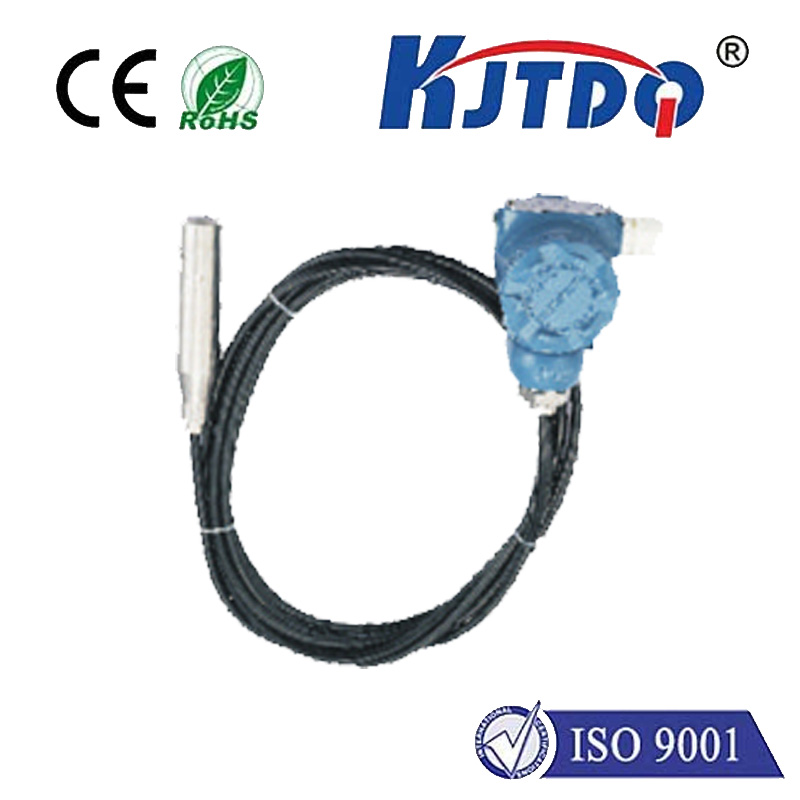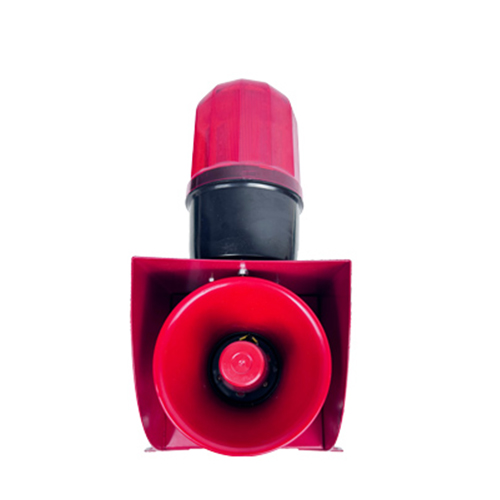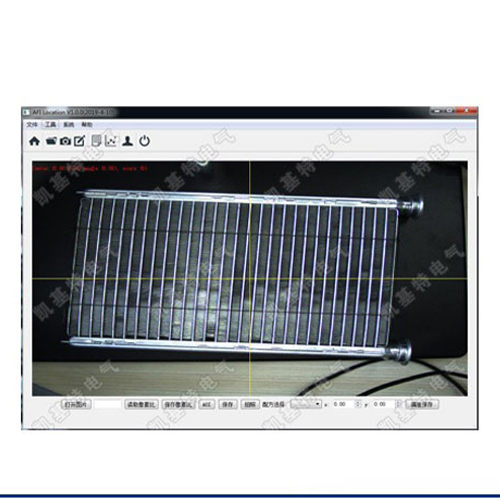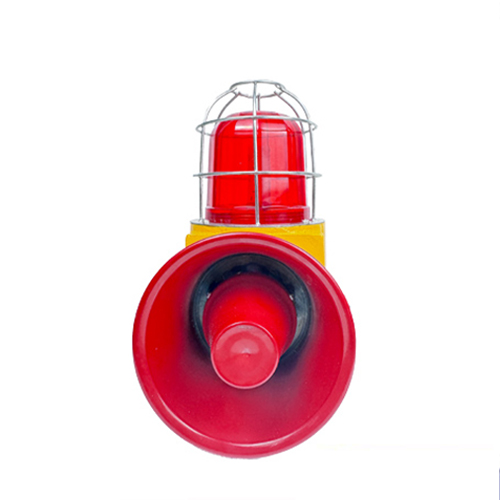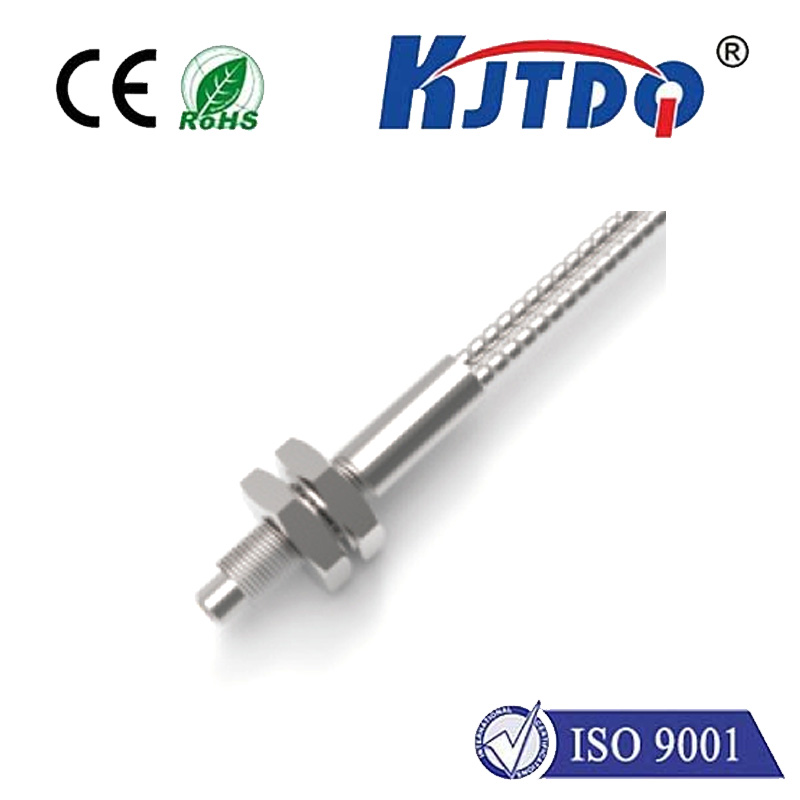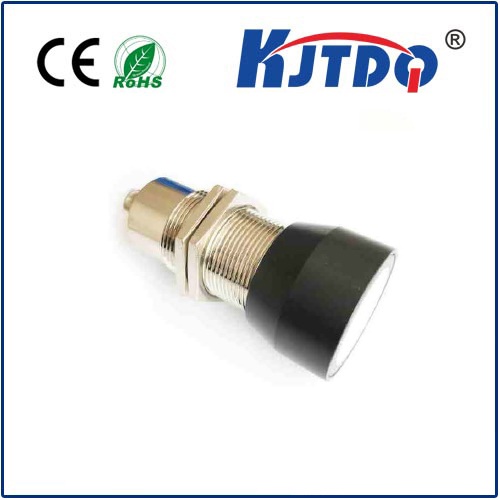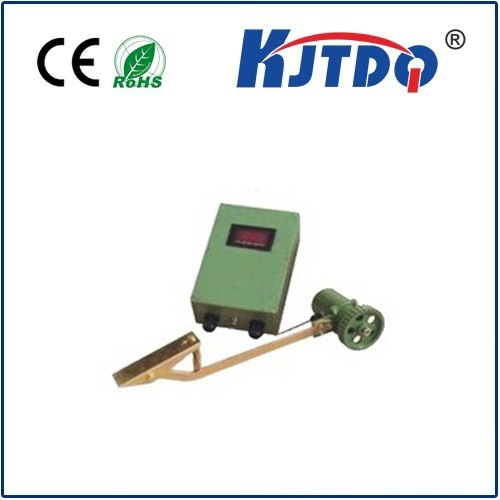mini inductive proximity switch / sensor
- time:2025-09-05 15:08:08
- Нажмите:0
Mini Inductive Proximity Sensors: Compact Powerhouses Revolutionizing Automation
Imagine a sophisticated robotic arm assembling delicate electronics. Precision is paramount. It needs to “know” exactly when a component is in place, right down to the micron, without physically touching it. Or picture a high-speed packaging line, zipping products through at dizzying speeds, demanding flawless detection to trigger labeling or sorting. In these demanding industrial landscapes and countless others, mini inductive proximity sensors are the unsung heroes enabling flawless operation. These tiny titans of detection bring non-contact sensing into the tightest spaces and the harshest environments, proving that size certainly doesn’t dictate capability.
Understanding the Miniature Marvel: How They Work
At their core, all inductive proximity sensors operate on the principle of electromagnetic induction. Here’s the simplified magic:
- Generating the Field: A high-frequency oscillating current flows through a coil within the sensor’s face, generating an alternating electromagnetic field.
- Target Interaction: When a metallic target (ferrous metals like iron or steel, or non-ferrous like aluminum, brass, or copper) enters this field, eddy currents are induced within the target.
- Energy Drain: These eddy currents absorb energy from the sensor’s oscillating circuit, effectively dampening the circuit’s oscillation amplitude.
- Detection & Output: An internal circuit monitors this amplitude change. When the damping reaches a preset threshold (indicating the target is sufficiently close), the sensor’s solid-state output switch changes state (e.g., turns On or Off), signaling the target’s presence without any physical contact.
The “mini” designation refers specifically to the sensor’s extremely compact form factor. While standard sizes exist, mini inductive proximity sensors are characterized by their significantly smaller diameters (often ranging from M3 to M8 – that’s roughly 3mm to 8mm!) and shorter lengths. This drastic size reduction is a feat of engineering miniaturization, packing the necessary oscillator, detector, amplifier, and output circuit into an incredibly tiny housing.

Why Size Matters: The Compelling Advantages of Going Mini
Choosing a mini inductive proximity sensor isn’t just about fitting into a small hole; it unlocks significant benefits:
- Space-Constrained Applications: This is the primary driver. They fit where standard sensors simply cannot – inside compact machinery, on miniature grippers, within dense circuit board assemblies, or in narrow channels. Their compact design enables automation in areas previously deemed too small.
- Reduced Mass & Inertia: When mounted on moving parts (like robot arms or pick-and-place heads), their light weight minimizes added mass and inertia, leading to faster cycle times, less wear on moving components, and potentially increased energy efficiency.
- Precision Positioning: Their small sensing face allows for highly precise detection of tiny components or features on a target object, crucial in electronics assembly, medical device manufacturing, and precision engineering.
- Minimal Target Interaction: The incredibly focused electromagnetic field minimizes unintended interactions with surrounding metallic structures, allowing for tighter installation patterns and reducing false triggers.
- Preserved Structural Integrity: Using the smallest possible sensor often means drilling the smallest possible mounting hole, maintaining the overall strength of machine parts or fixtures.
- Cost-Effectiveness (Potential): While unit cost isn’t always lower, the ability to use a smaller sensor can lead to savings in materials (smaller mounting points) and overall system design complexity.
Where Miniature Detection Shines: Key Applications
The unique capabilities of mini inductive proximity sensors make them indispensable across diverse sectors:
- Robotics & Cobots: Sensing gripper positions, detecting end-of-arm tooling engagement, confirming part pick/place on lightweight arms where size and weight are critical.
- Semiconductor & Electronics Manufacturing: Detecting tiny PCBs, components, wafer positions, or tooling within ultra-compact processing and handling equipment (precision and small size are paramount here).
- Precision Machining & CNC: Tool breakage detection (using small sensors near the tool tip), spindle position feedback, chuck jaw position confirmation on intricate lathes or mills.
- Medical Device Manufacturing: Ensuring the correct positioning of minuscule components in devices like implants, inhalers, or surgical tools within sterile and confined assembly environments.
- Packaging Machinery: Detecting small metal parts, foil seals, or closures on high-speed lines where sensors need to fit between narrow lanes or on moving cams.
- Automotive: Small part verification in sub-assemblies, position sensing in actuators and valves, confirming presence in tight engine compartments or transmission systems.
- Textile Machinery: Monitoring needles, shuttles, or other small metallic components in looms and knitting machines.
Essential Features to Consider When Selecting
Choosing the right mini inductive proximity sensor involves more than just the smallest size. Key specifications matter:
- Sensing Distance: Defined for a standard target (usually mild steel). Mini sensors inherently have shorter sensing ranges (often 0.5mm to 2mm for an M5 sensor). Ensure it’s sufficient for your application gap. Never assume the size equals the range.
- Target Material: Sensors are optimized for specific metals. While they detect all metals, the actual sensing distance varies significantly (e.g., it’s shorter for aluminum or copper compared to steel). Check datasheet reduction factors.
- Housing Material & Size: Typically stainless steel (V2A, V4A) for durability. The compact design is specified by its thread size (M3, M4, M5, M8 are common) or barrel diameter.
- Output Configuration: PNP (sourcing) or NPN (sinking) transistor outputs are standard. Choose based on your controller’s input requirements. NO (Normally Open) or NC (Normally Closed) switching logic is also selectable.
- Operating Voltage: Common ranges are 10-30V DC. Ensure compatibility with your power supply.
- Switching Frequency: How fast can the sensor detect and signal passing targets? Crucial for high-speed applications. High switching frequency is often a feature of quality mini sensors.
- IP Rating (Ingress Protection): Defines resistance to dust and water. Common ratings are IP67 (dust-tight, withstands temporary immersion) or IP69K (resists high-pressure, high-temperature washdowns). Essential for harsh environments.
- Temperature Range: Verify it handles your operating ambient temperatures.
- Electrical Connection: Options include fixed cable, compact M8/M12 connectors, or solder pins for PCB mounting.
Making the Right Choice: Size vs. Performance
Selecting a mini inductive proximity sensor requires balancing compactness with performance needs:
- What is the absolute maximum size constraint? This often dictates the initial size bracket (e.g., must be M5 or smaller).
- What metallic target needs detection, and what is the nominal gap? Calculate the required sensing distance considering the target material’s reduction factor. Add a safety margin.
- What are the environmental conditions? High temperature? Coolant splash? High-pressure washdown? Dictates housing material, sealing (IP rating), and temperature specs


